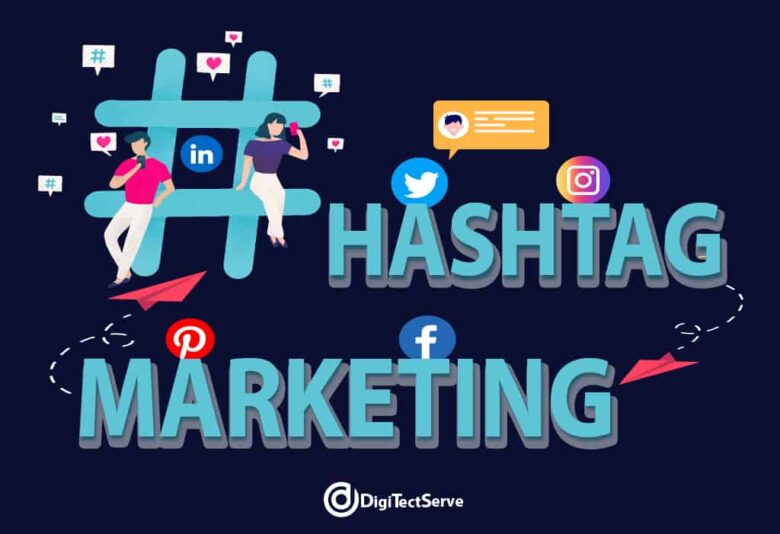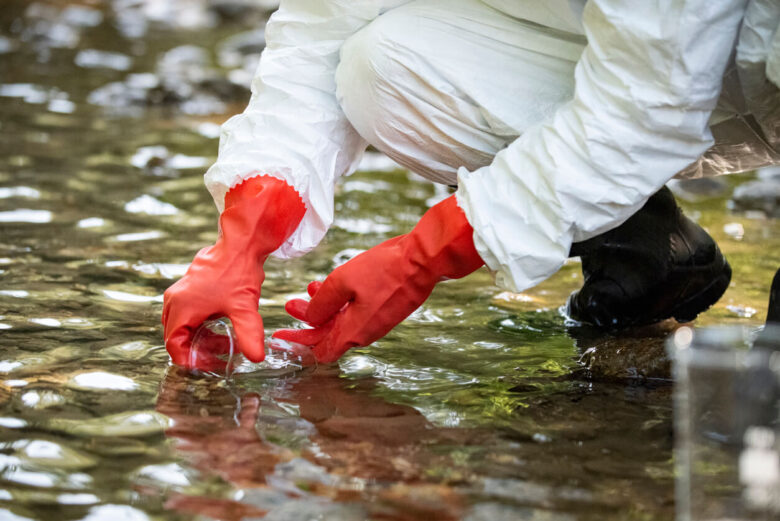The Camp Lejeune water contamination is one of the largest environmental disasters in US history. The US Marine Corps Base in Camp Lejeune, North Carolina, was found to have contaminated drinking water with chemicals such as trichloroethylene (TCE) and perchloroethylene (PCE) from the 1950s to the 1980s.
The Camp Lejeune water contamination issue, which caused health problems for military personnel and their families stationed at the base from the 1950s to the 1980s, received little attention until the 1990s, when the US government started investigating it.
However, the rise of social media has led to a surge in awareness of the issue. This has resulted in a record-breaking amount of investment and spending on advertising for the litigation, with over $145 million spent on television and social media advertising by the end of the year, as per ad data reviewed by Bloomberg Law.
In this article, we will explore the role of social media in raising awareness of the Camp Lejeune water contamination issue, including personal stories of affected individuals, the use of social media by advocates and organizations, and online campaigns for justice.

The Role of Social Media
Social media has played a significant role in raising awareness of the Camp Lejeune water contamination issue. Social media sites like Facebook, Twitter, and Instagram have the ability to reach a sizable audience thanks to their over 4.8 billion active members globally. Social media has developed into an immensely potent instrument for disseminating knowledge and increasing public awareness of significant topics.
One of the most powerful ways social media has helped raise awareness of the Camp Lejeune water contamination is by allowing victims to share their stories. Through Facebook groups, Twitter hashtags, and Instagram posts, Camp Lejeune victims have been able to share their experiences with others and raise awareness of the disaster. By sharing their stories, these victims have helped to humanize the issue and put a face to the tragedy.
Advocates and Organizations on Social Media
Social media has played a pivotal role in connecting those affected by Camp Lejeune with advocacy groups and environmental organizations that are advocating for Camp Lejeune compensation. These organizations have leveraged social media to increase awareness and support for the issue.
As an illustration, the Toxic Exposure Research Act (TERA) was introduced in Congress in 2015 to address the health issues caused by toxic exposure at Camp Lejeune, as outlined on the Congress.gov website. Advocates and supporters of the bill leveraged social media to increase awareness and urge their representatives to support it.
According to TorHoerman Law, law firms have also utilized blog posts and social media platforms to keep affected individuals informed about recent developments and provide assistance.
By leveraging social media to share updates and insights, law firms have been able to support those affected by the Camp Lejeune contamination and ensure that they have access to the latest and correct information regarding the lawsuit.

Hashtags and Online Campaigns
Social media campaigns have been instrumental in raising awareness of the Camp Lejeune water contamination issue. The #CampLejeune hashtag has been used on Twitter, Instagram, and other platforms to raise awareness about the disaster and connect victims and advocates.
In addition, online petitions and campaigns have been launched to urge the US government to provide compensation and healthcare to Camp Lejeune victims.
According to a recent post in January 2024 on AboutLawsuits, two people with cancer that is terminally ill as a result of Camp Lejeune water contamination filed a petition with the U.S. District Court for the Eastern District of North Carolina. They are seeking an order from the Court to preserve their deposition testimony while they await the completion of an administrative review by the U.S. government before they can file their lawsuit.
The request highlights the challenges faced by those seeking justice for the harms caused by the contaminated water at Camp Lejeune and underscores the importance of ongoing efforts to raise awareness and advocate for affected individuals. All in all, social media has been crucial in spreading the word about these campaigns and mobilizing support.

Future of Social Media and Activism
The future of social media and activism is a constantly evolving landscape. As technology continues to advance, social media platforms will likely become even more integral to the success of social justice movements. With the ability to quickly spread information and mobilize large groups of people, social media can be a powerful tool for creating change.
However, it is important to recognize that social media also has its limitations and drawbacks. As activism on social media continues to grow, it is essential to prioritize responsible and effective use of these platforms. The future of social media and activism will ultimately depend on how these tools are utilized and adapted to meet the changing needs of social justice movements.
Conclusion
In conclusion, The Camp Lejeune water contamination incident highlights the significant impact of social media in raising awareness about important issues. Personal stories, online campaigns, and advocacy efforts have all been instrumental in using social media to connect affected individuals with resources and support.
The continued efforts to obtain justice and compensation for the victims illustrate the critical role of ongoing awareness and advocacy efforts. Therefore, social media will remain a crucial tool in rallying support for victims of environmental disasters like Camp Lejeune.
This tragedy serves as a reminder of the need to hold those responsible for environmental harm accountable and to provide appropriate compensation to those affected.

